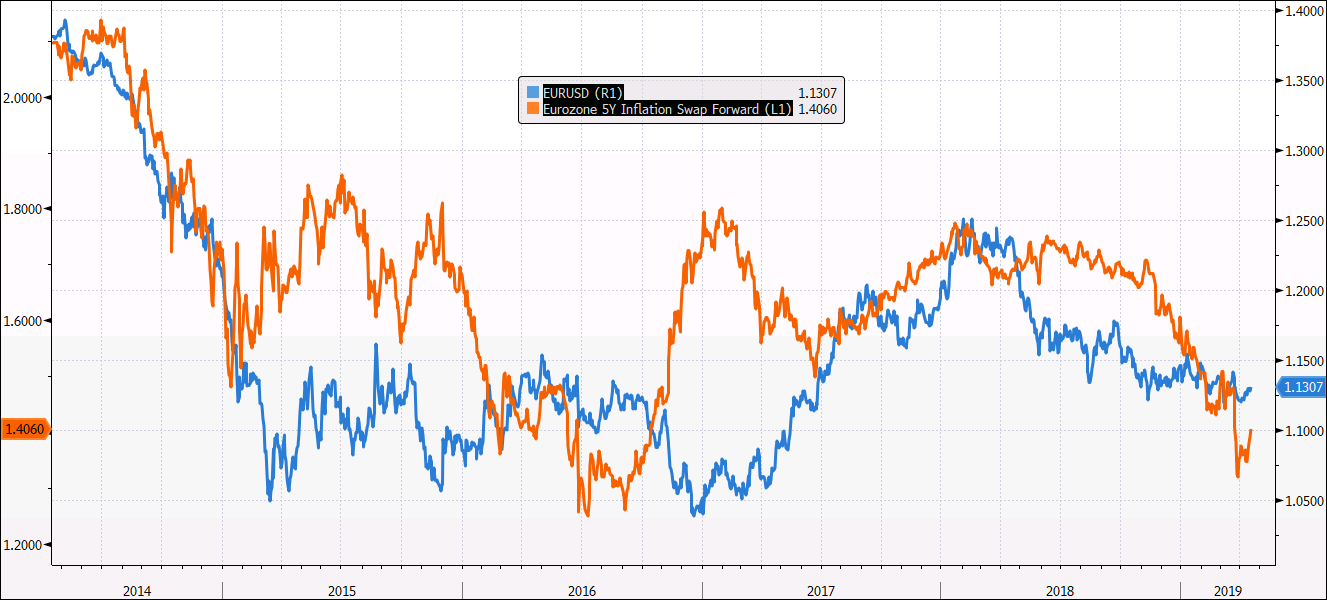Overview: The veracity of Chinese data will be questioned by economists, but today’s upbeat reports round out a picture that began with stronger exports and a surge in lending. Chinese officials, we argue, had a “Draghi moment” and decided to do “whatever it takes” to strengthen the economy in the face of US tariffs and during the 70th anniversary of the Revolution. The stronger Chinese data helped lift extend the MSCI Asia-Pacific Index for the fourth session. Europe’s Dow Jones Stoxx 600 is struggling, and its five-day rally is at risk. Benchmark yields are rising. The US 10-year is near 2.60%. It bottomed in late-March near 2.34%. The yield on the 10-year German Bund approached minus 10 bp at the end of last month and is now near +10 bp. The 10-year UK Gilt yield dipped below 100 bp a few weeks ago and is now near 1.25%. Japan’s 10-year yield remains below zero. The dollar itself is mostly heavier, though softer New Zealand inflation has heightened speculation of a rate cut as early as next month, and this is weighing on the New Zealand dollar. The euro is firm above $1.13, while the greenback is flat against the yen near JPY112.00. Most emerging market currencies, including Turkey and South Africa, are firmer.
Asia Pacific
China reported a batch of stronger than expected data. Industrial production jumped 8.5% year-over-year. The median forecast in the Bloomberg survey was for a 5.9% pace. Retail sales surpassed the median forecast for an 8.4% rise and instead increased by 8.7%. Fixed asset investment matched the 6.3% projected increase. These are said to translate into 6.4% year-over-year GDP, matching the Q4 performance. Many economists find inconsistencies in Chinese data and often question the accuracy. Nevertheless, the data seems broadly consistent with official efforts to strengthen the economy.
(more…)









